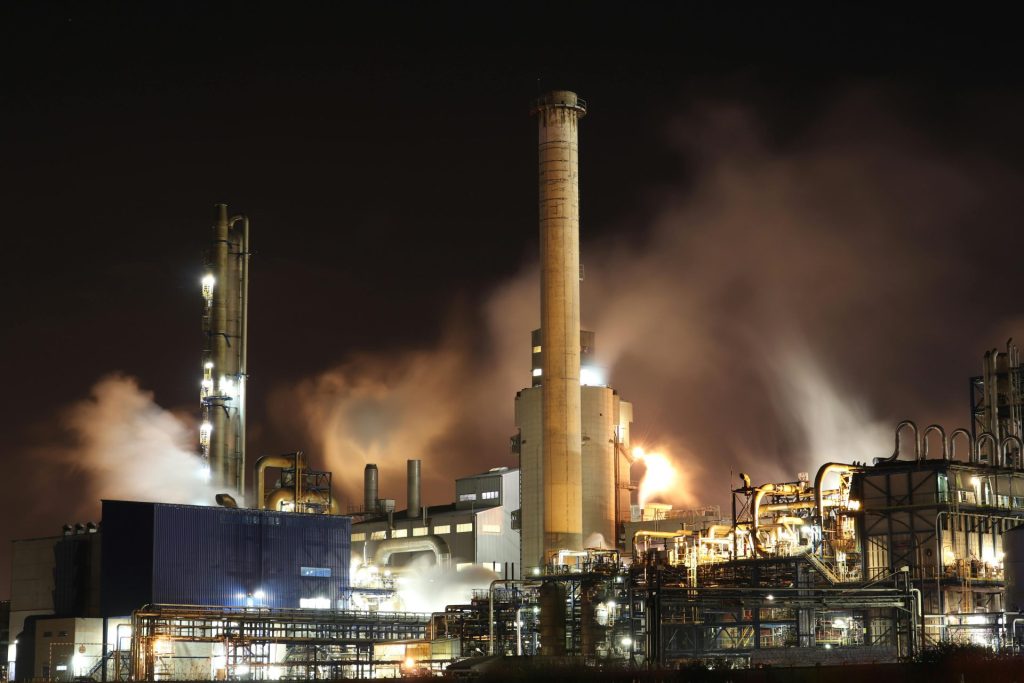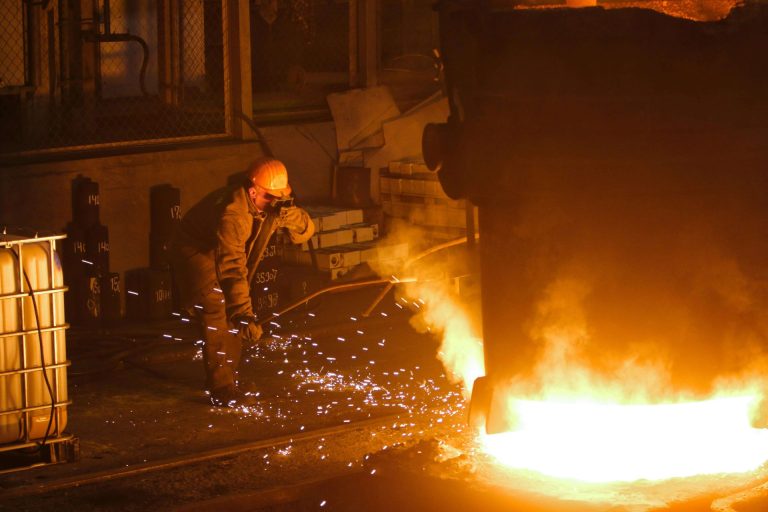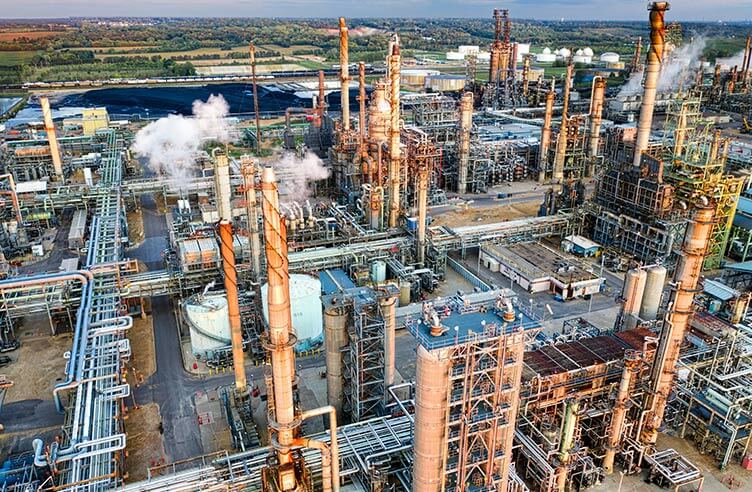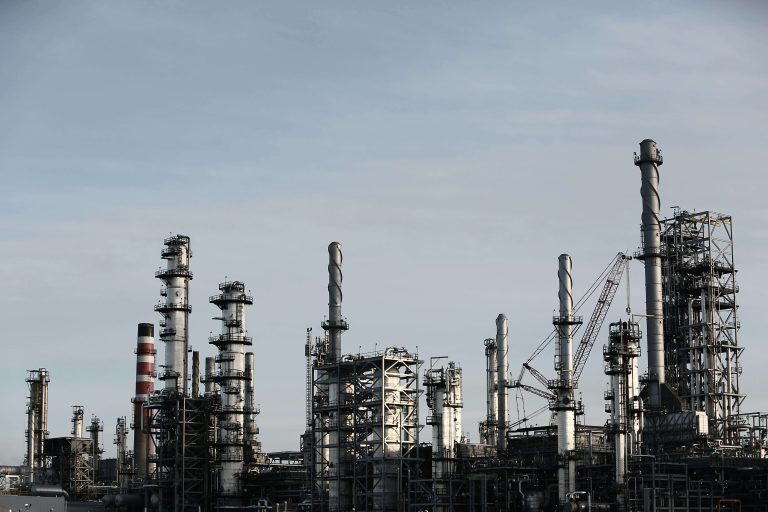Low-NOx Burner Selection Strategies for Petrochemical Heaters

Driven by the dual forces of global energy transition and carbon neutrality goals, the petrochemical industry—a sector characterized by high energy consumption and emissions—faces increasingly stringent environmental regulations. Among its core production equipment, heaters are a critical focus for nitrogen oxide (NOx) emission control. Low-NOx burners, as a core technology for source reduction, have become essential in upgrading petrochemical facilities worldwide. This article systematically explores the scientific selection of low-NOx burners in the petrochemical industry, addressing technical principles, selection criteria, application scenarios, and industry best practices.
I. Principles and Classification of Low-NOx Combustion Technologies
Low-NOx burners suppress NOx generation by optimizing fuel-air mixing, controlling combustion temperature, and managing reaction time. Current mainstream technologies include:
- Staged Combustion: Fuel or air is injected in phases to reduce localized high-temperature zones and oxygen concentration, inhibiting thermal NOx formation.
- Flue Gas Recirculation (FGR): Recirculating a portion of flue gas into the combustion zone dilutes oxygen levels and lowers flame temperature.
- Premixed Combustion: Pre-mixing fuel and air ensures uniform combustion, avoiding hot spots.
- Ultra-Low NOx Technologies: Combining multi-stage air distribution, swirl stabilization, and other advanced methods to achieve emissions as low as 15–30 mg/Nm³.
II. Key Considerations for Burner Selection in Petrochemical Heaters
When selecting low-NOx burners, petrochemical companies must evaluate the following factors:
- Compliance with Emission Standards.
- Global NOx limits vary significantly (e.g., EU BAT standards require <50 mg/Nm³, while China’s key regions enforce <100 mg/Nm³). Burners must align with local regulations while allowing flexibility for future regulatory tightening.
- Fuel Flexibility
- Petrochemical heaters use diverse fuels, including natural gas, refinery gas, and heavy oil. Burners must accommodate fluctuations in fuel properties, such as hydrogen content in refinery gas, to ensure flame stability.
- Thermal Efficiency and Operational Stability
- Low-NOx retrofits must avoid compromising combustion efficiency or causing coking. For example, FGR systems may increase fan power consumption, necessitating CFD simulations to balance recirculation rates and efficiency.
- Equipment Compatibility
- Existing heater structures (e.g., furnace dimensions, refractory materials) and waste heat recovery systems must integrate with new burners. Retrofitting projects require assessing spatial constraints, air distribution modifications, and costs.
- Lifecycle Cost Analysis
- Compare upfront costs (e.g., staged burners cost 30–50% more than conventional models), operational expenses (e.g., FGR fan energy use), and savings from avoiding environmental penalties or carbon taxes.
III. Application Scenarios and Technical Recommendations
- Ethylene Cracking Heaters
- Characteristics: High temperatures (1100–1200°C), long operational cycles.
- Recommended Technology: Premix burners with intelligent air distribution systems, such as Siemens SGT-800 turbine-compatible solutions, achieving NOx <40 mg/Nm³.
- Catalytic Reforming Unit Heaters
- Characteristics: Multi-branch tubular heaters, hydrogen-rich fuels.
- ecommended Technology: Staged combustion with hydrogen-adaptive controls, exemplified by Honeywell UOP modular burners.
- Offshore Platform Process Heaters
- Characteristics: Space constraints, high corrosion resistance requirements.
- Recommended Technology: Compact ultra-low NOx burners (e.g., Alzeta’s ECLIPSE series) with salt-spray-resistant coatings.
IV. Industry Practices and Innovation Trends
- Digitalization
- IoT sensors and AI algorithms enable dynamic combustion optimization. For instance, BASF’s Ludwigshafen plant uses real-time CO/O₂ monitoring to adjust dampers, reducing NOx while improving thermal efficiency by 2–3%.
- Hydrogen Fuel Compatibility
- Burners are being redesigned to handle 0–100% hydrogen blends. Mitsubishi Heavy Industries’ DLN3.0+ burners achieve NOx <25 mg/Nm³ in hydrogen co-firing scenarios.
- Modularization and Standardization
- Companies like Shell and ExxonMobil promote standardized burner components, reducing retrofit timelines (e.g., modular burner replacement in 72 hours).
V. Challenges and Future Outlook
Despite progress, challenges remain, including retrofitting aging infrastructure and limitations with high-sulfur fuels. Future advancements will focus on:
- Multi-Pollutant Control: Integrated systems for NOx, SOx, and particulate removal.
- Carbon Capture Integration: Coupling low-NOx combustion with pre-combustion CO₂ enrichment.
- Global Standard Harmonization: Establishing unified NOx monitoring and certification frameworks.
Conclusion
Selecting low-NOx burners is both a technical and strategic decision. Petrochemical companies must align burner choices with process requirements, regional policies, and carbon neutrality roadmaps. As combustion dynamics research deepens and digital tools evolve, next-generation intelligent low-NOx systems will further empower the industry’s green transformation.





